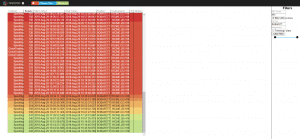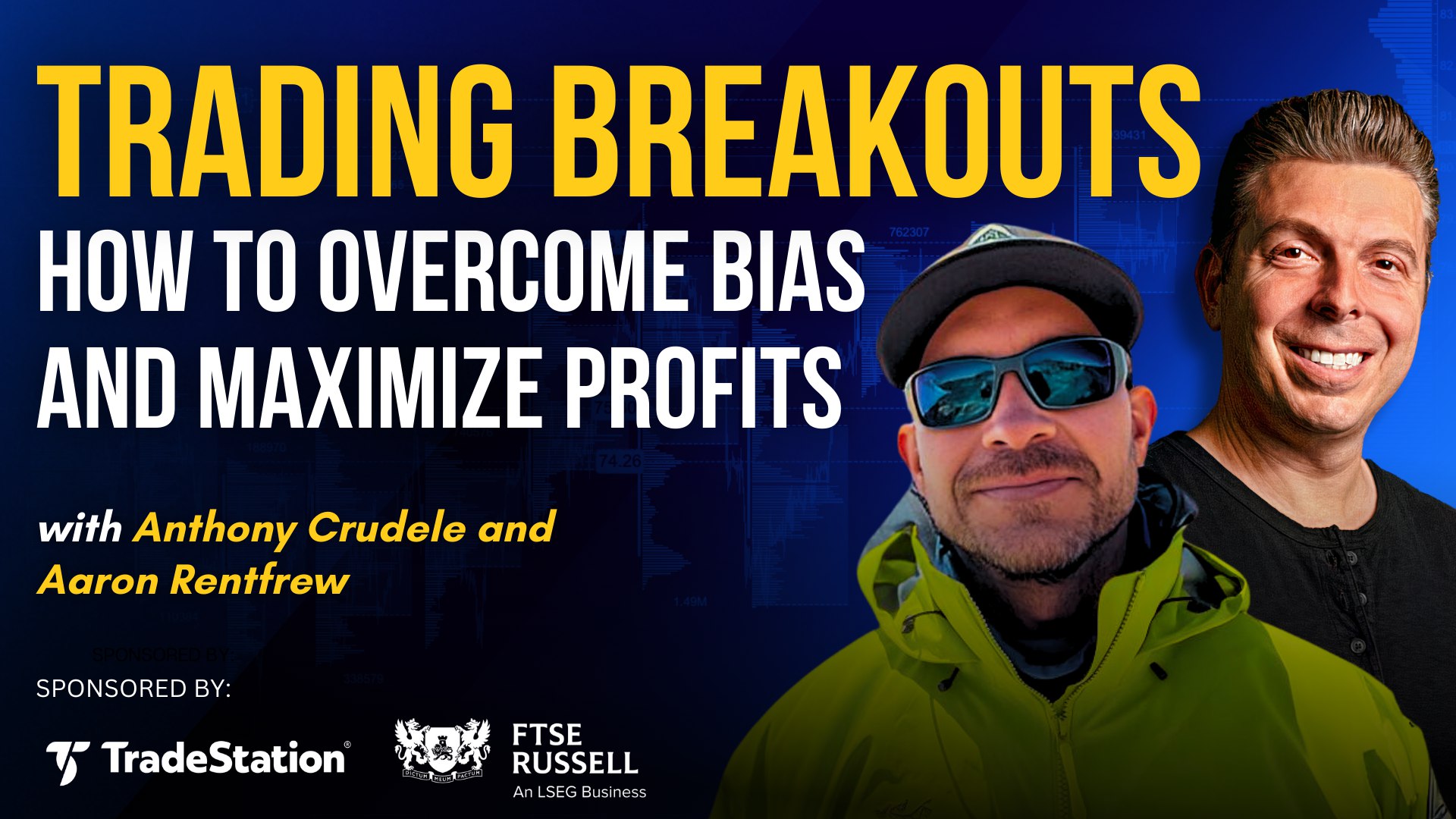Guest:
David Widerhorn

CEO at Neurensic
Record Date: 11/08/16
Dear Traders,
Today we talked to a man who has been ahead of the technology curve an entrepreneur since he was 12. He graduated MIT at the age of 19 and his latest technology is now changing the trading industry. His name is David Widerhorn, CEO of Neurensic.
David and his company are addressing the inefficiencies within the HFT universe, and recreating the trade surveillance industry using Artificial Intelligence and Machine Learning.
We talk about predatory trading practices such as spoofing and he explains what Neurensic is doing to detect it.
It was fascinating talking with David about the technology they have created at neurensic. Going forward I believe that Neurensic is a company to keep your eye on for not only the way they are already assisting the industry with current issues, but what they may come up with in the future to further change and disrupt the industry.
Biggest Takeaways:
- Addressing the problems and inefficiencies in the HFT universe.
- What is Spoofing and why it’s illegal.
- Predatory trading and how Neurensic detects it.
- The “Integrity Score” and how it affects the industry.
- Using AI and machine learning for trader surveillance.
Answers to the 4 rapid fire questions at the end of the show:
- Favorite Book About Trading:
– Flash Boys - Favorite Movie About Trading:
– Billions - Best Advice Ever Received About Trading:
– Bulls make money, bears make money, but pigs get slaughtered. - Advice to Give to Others About Trading:
– Technology drives all innovation in the markets. Be ahead of the curve. The biggest disservice you can do today is not learning computer programming.
Resources:
- Website: https://neurensic.com/
Quotes:
- “Technology drives all innovation in the markets”
Relevant chart pertaining to guest’s comments:












